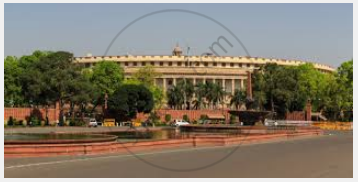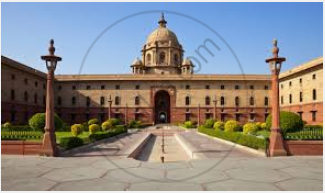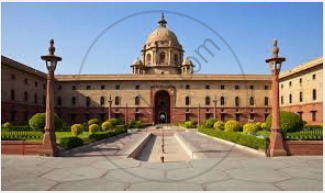Advertisements
Advertisements
Question
Answer the following question briefly:
In the context of the Parliamentary form of government, answer the following question:
Why are powers distributed between the central and the state governments?
Solution
As India is a vast country, it is not possible for one central government to take care of the specific needs of people living in different parts of the country. Therefore, the country has been divided into different units, which are called states. Each state has a state government and the processes of the government are shared by the central government and the state governments.
The parliamentary form of government is also present in the states. The pattern is the same-the state executive is formed out of the state legislature, whose members are directly elected by the people.
RELATED QUESTIONS
At present, the Lok Sabha consists of ______.
State whether the following is true or false:
The State List includes subjects of national importance.
State whether the following is true or false:
The money bill has to be introduced in the Rajya Sabha.
Answer the following question in one or two words/ sentences:
What is meant by the term ‘budget’?
Answer the following question briefly:
With reference to the functions of the Parliament, explain the following: Law-making functions
This is the picture of an important government building in India.

Identify the building.
Until 1950, the building in the picture was known as ‘Viceroy’s House’, and served as die residence of the Governor General of India.

Mention two powers held by this person with reference to the following:
Financial power
Until 1950, the building in the picture was known as ‘Viceroy’s House’, and served as die residence of the Governor General of India.

Mention two powers held by this person with reference to the following:
Judicial Power
Fill in the blank:
The Rajya Sabha is the ______.
Answer the following question:
How are the members to the Lok Sabha elected?
